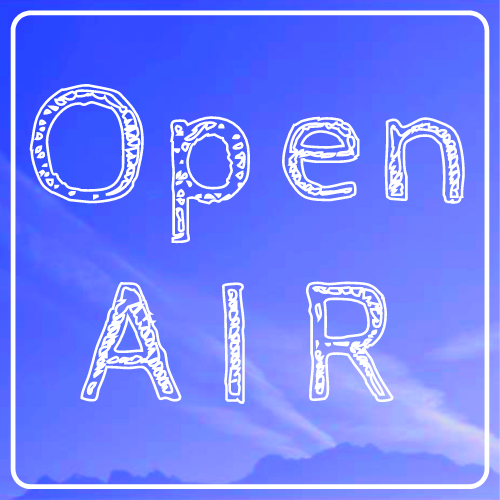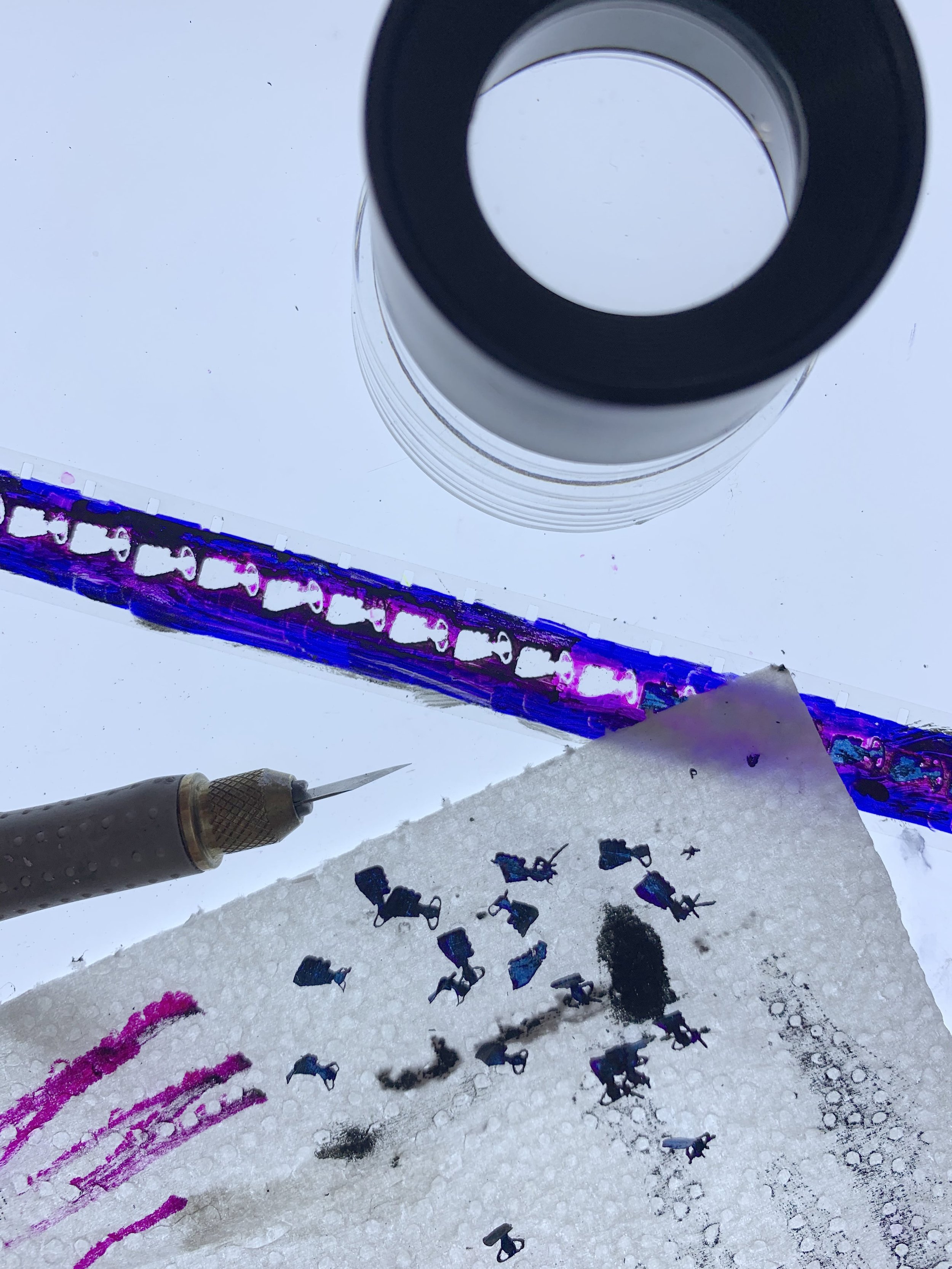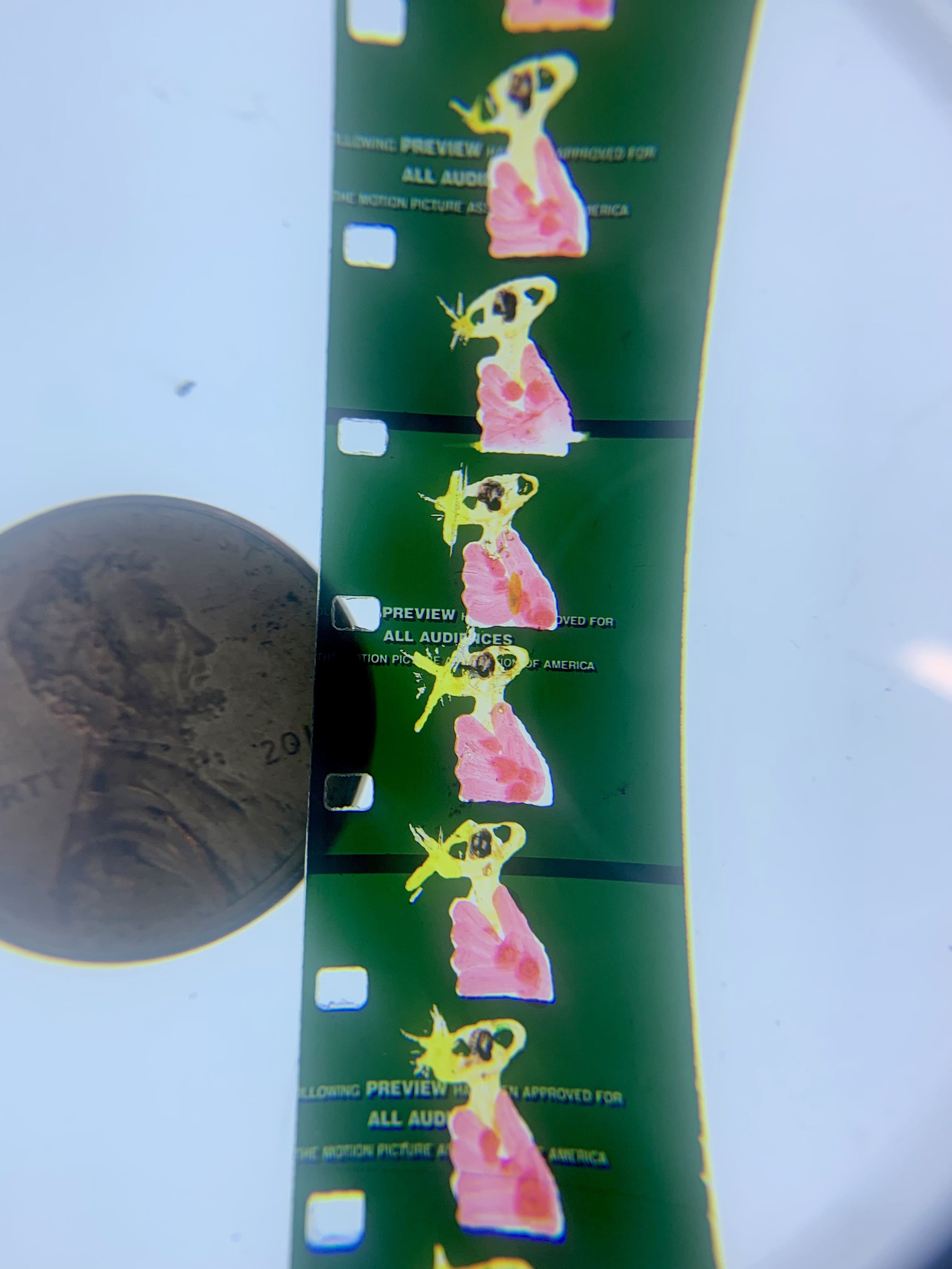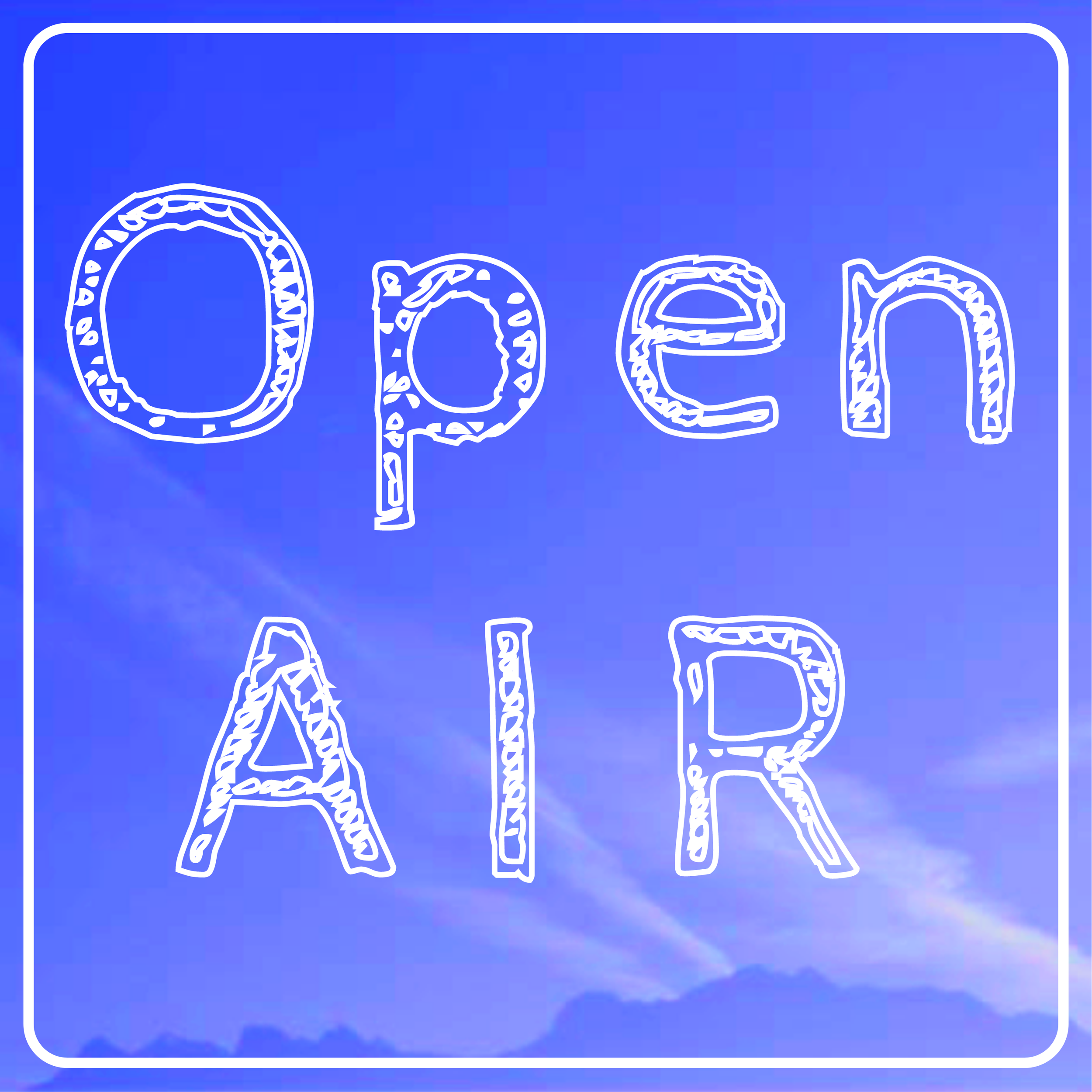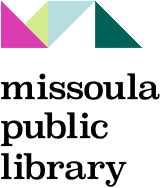Justine Lai: BUMBLEBEE
“The MakerSpace layout has machines at various stations, so I was like a big bumblebee meandering from flower to flower: drawing at my desk, programming 3D print jobs, laser etching tiny stencils, applying bleach to film emulsion, spraying athlete’s foot powder on objects so the 3D scanner could pick them up better.”
Summer I 2023 Artist-in-Residence at the Missoula Public Library
Justine in the MakerSpace. Photo by Dan Yao.
How was your experience as an Open AIR Artist-in-Residence?
My Open AIR residency at the Missoula Public Library’s MakerSpace was rewarding beyond words. I was blown away by the enthusiasm and support from my fellow artists in residence, the Open AIR team, library staff and volunteers, and the visiting public. The place-based model for a residency program was so creative and inspiring!
It was empowering to be introduced to so many powerful tools and emerging technologies at the library. Before the residency, I was working as a software engineer as my day job, and using the digital, technical problem-solving parts of my brain felt like a completely separate pathway from my process as an artist, where my focus was off-screen and analog - hand-scratching on obsolete celluloid film and playing around with loose, inky painting.
But the residency ended up being a bridge between the two perspectives. Learning a new machine like the CO2 laser initially took the mindset of a maker/technologist: purposeful design and testing, lots of trial and error. But it was also freeing to maintain an artist’s playful and open-ended curiosity to see what this machine could do for my work. It was a real joy to come to the library every day and see what could happen.
Justine in the MakerSpace. Photo by Dan Yao.
What was your research process during this time?
The MakerSpace layout has machines at various stations, so I was like a big bumblebee meandering from flower to flower: drawing at my desk, programming 3D print jobs, laser etching tiny stencils, applying bleach to film emulsion, spraying athlete’s foot powder on objects so the 3D scanner could pick them up better. Normally, interruptions are considered bad for creative flow and concentration. But in my process, there can be good interruptions. For example, when I’m working on animation that requires drawing or scratching on film, stretch breaks are essential to avoid repetitive stress injury and eyestrain. During my time in the library, I could turn these stretch breaks into productive sessions at other stations. The gift of unstructured time from this residency allowed multitasking but in the most luxurious and non-stressful way.
In progress artwork by Justine
What are you up to now (post Open AIR)?
I’m wrapping up the piece Moon Cycle, a 16mm direct animation version of the transformation sequences from the 1990s Sailor Moon TV series. After that, I’m gathering imagery and making storyboards for a new animation series. Some of the material was laser-etched in Missoula!
One thing that I learned from my Open AIR artist talk and workshop is that while people know traditional animation can be a laborious practice, they’re affected by seeing and experiencing the materials firsthand. So, right now, I’m exploring the possibility of making prints or lightboxes of frame enlargements.
Do you create any work specifically for social media?
Not yet! There’s definitely a place for my work online. Short video, colorful animation, and even the look of analog film – colors, film grain, perforations – get plenty of engagement on today’s platforms. But it’s so often in the service of advertising, promotion, and hype. That kills it for me. I’m not dogmatically opposed to having my work available on social media, and I’ve shared digitized 16mm animations in their entirety. But right now, my social media use is formal and impersonal – like LinkedIn, but for artists.
Photo by Dan Yao.
Can you talk about the difference between being a maker/director of your own work and being a viewer?
Have you ever watched a Hollywood action movie where the explosions are way too loud, but the dialogue is so low that it’s unintelligible without subtitles? Like something went awry in the sound editing/designing/mixing and the result just doesn’t parse for viewers? That’s the type of miscalculation I want to avoid – which is hard when you might spend days on an animation that lasts a few seconds. I try to review my work with fresh eyes, but nothing beats asking a friend for a gut check.
As the maker, I’m also open to compromise when imagining my audience. I don’t insist that you start exactly at the beginning and watch to the very end. I know that as a viewer, I’m not always in the mood to look at time-based work. And the viewing conditions in a gallery aren’t always ideal. Maybe it’s not dark enough, or there’s noise from another artwork. Or the video art is in an awkwardly placed room behind a curtain – people are coming in and out; there’s nowhere to sit.
I enjoy work that rewards the viewer for spending more time with it. But I also think there’s no harm in only watching a little. I keep this in mind when I’m assembling footage and trying to maintain an energy and thematic throughline. It’s like I’m putting toppings on a pizza – I don’t insist that you eat the whole pie in one sitting, but I’m trying to arrange it so that you’ll get a satisfying bite no matter what.
Artwork by Justine
Check out Justine’s Instagram @supine_dome or watch some of her videos HERE!
